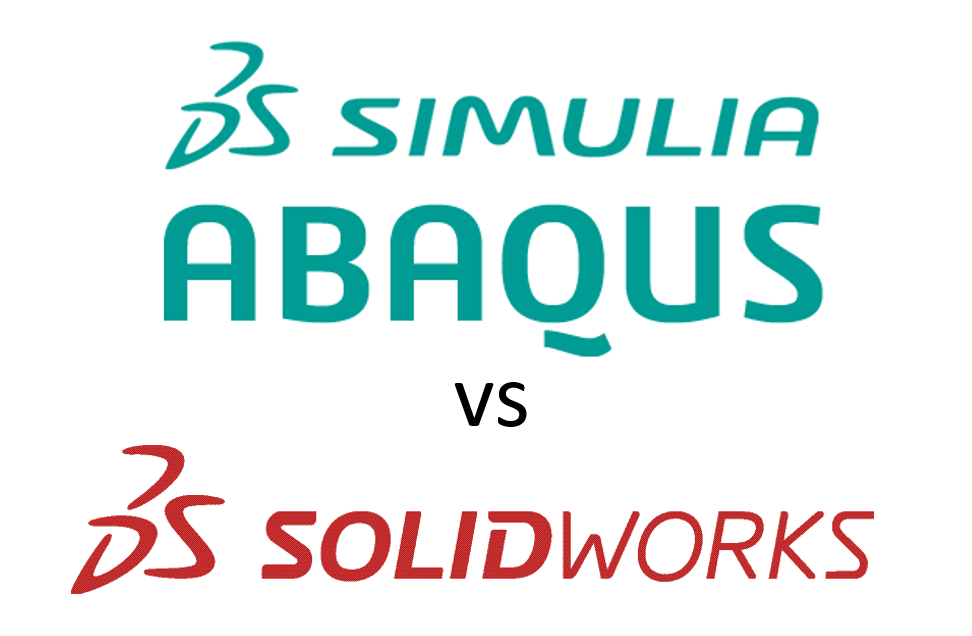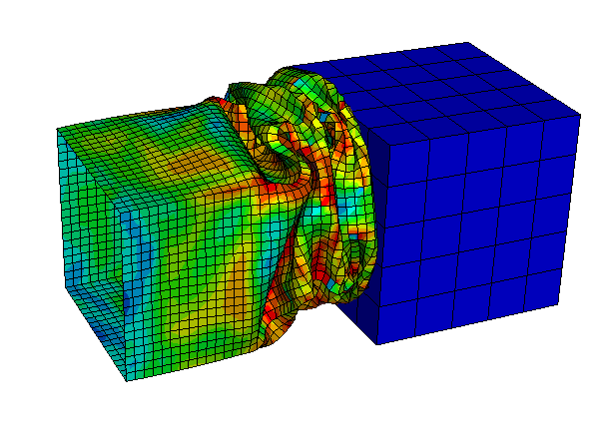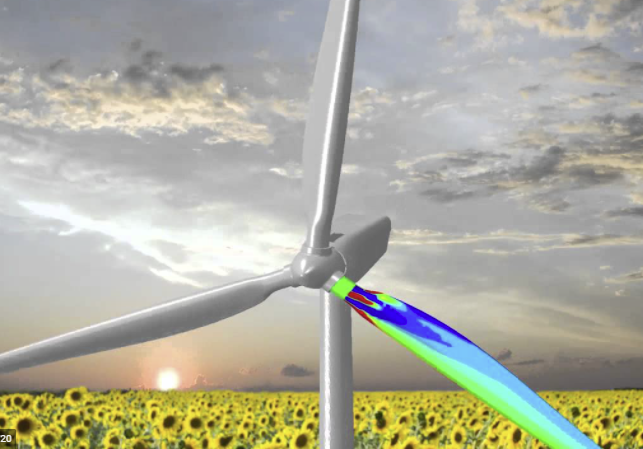
In this post, we will be breaking down the key differences between Abaqus and SOLIDWORKS for simulation and highlighting cases where it is particularly advantageous to use Abaqus and the Power of the Portfolio.
The Abaqus Unified FEA (Finite Element Analysis) product suite offers powerful and complete solutions for both simple and advanced engineering problems and covers a multitude of industrial applications. Many of the most technologically advanced companies are taking advantage of Abaqus Unified FEA to consolidate their processes and tools, reduce costs and inefficiencies, and gain a competitive advantage. We should also note that purchase of Abaqus Extended Tokens provides access to SIMULIA’s Portfolio of other products, including fe-safe for durability analysis and TOSCA for topology and shape optimization.
SOLIDWORKS Simulation has a simpler portfolio of structural analysis tools that use FEA to predict real-world physical behavior by virtually ‘testing’ CAD models. The portfolio provides linear and nonlinear static analysis as well as linear dynamic analysis capabilities and is separated into three levels (Basic, Professional and Premium). Here we’ll just focus on SOLIDWORKS Premium, which is the most robust and can be most closely compared to Abaqus, in terms of price and features.
Problems with Significant Contact

SOLIDWORKS simulation has some limitations when it comes to the amount of complexity it can resolve, particularly when it comes to contact.
SIMULIA Abaqus, on the other hand, has a much more robust contact solver, and this allows you to resolve contact interactions more effectively and exact more control over some of the contact interaction parameters. This becomes very important when solving models that have large numbers of components that need to interact with each other, as well as where self-contact is expected.
Furthermore, in terms of model building efficiency, SOLIDWORKS Simulation requires explicit definition of contact pairs between faces that might come into contact, which means that each potential interaction between two surfaces has to be defined as a feature. Conversely, Abaqus has a feature called General Contact that can scan the model dynamically at each step of the analysis and automatically recognize which faces have the possibility to come into contact with each other as the analysis proceeds.
Material Models and Large Distortions
Not only does Abaqus include a large material model library, but the material calibration tools are also the best in the industry. These allow you to input raw test data and generate complex, nonlinear material behavior right there in the GUI. These features are a huge asset when correlation with real-world product test results is necessary.
On the subject of materials, many of the more complex materials that we’re interested in simulating – think foams, rubbers etc. – can undergo extremely large displacements; and the more that something is deformed, the more challenging it is to solve, especially when deformation is nonlinear in nature. While SOLIDWORKS has some capability in complex nonlinear and hyperelastic behavior, it is no match for the Abaqus solver, especially when strains approach and exceed hundreds of percent.
Explicit Dynamics with Nonlinear Material Behavior

While a lot of the work we do using FEA can be considered ‘static’, meaning that equilibrium can be found during any discrete phase of the analysis, it is sometimes necessary to simulate dynamic events like drop tests or car crashes. In these analyses, the effects of kinetic energy become important and we can no longer utilize ‘implicit’ analysis methods.
Although both software packages offer ‘explicit’ dynamic analysis capability, an important difference lies in the fact that Abaqus includes nonlinear material behavior (in conjunction with its explicit solver), while SOLIDWORKS Simulation does not. This becomes extremely critical when permanent deformation is relevant (or even required) for the analysis to be useful – impact absorption in crash, metal forming, rubber behavior etc.
Multiphysics Scenarios

In reality, it is rare that one type of physics is occurring in a bubble, unaffected by anything else. When we think about even the most basic structures for example, wind and temperature often play an important role in the design process. Abaqus offers a wide variety of tools for multiphysics analysis, which range from thermal and structural behaviors to more advanced solutions such as smoothed particle hydrodynamics (SPH) and coupled Eulerian-Lagrangian (CEL) elements to model anything from sloshing to mixing to forming.
While SOLIDWORKS Simulation offers an integrated transfer of results between some different physics analyses, these are limited to sequential coupling only. When electrical, thermal, structural, fluid (etc.) aspects of the simulation are constantly influencing one another, for example in a very-high-strain metal forming scenario, SIMULIA Abaqus offers fully coupled modeling and is the only way to go.
Parallel Processing
While SOLIDWORKS Simulation does have the capacity to use parallel processing, this is only possible on the system that you are using to run the software. Typically, this might be between 4 and 8 cores depending on the configuration of your desktop or laptop. Abaqus, however, permits users to take advantage of High Performance Computing (HPC), which allows far more efficient solution of highly-complex models. In particular, analyses involving advanced material formulations, highly nonlinear behavior, or time-based simulations (Explicit) can be expedited significantly by leveraging parallel processing.
SOLIDWORKS Associate Interface for Abaqus
And don’t worry if you already have a SOLIDWORKS install base and are concerned about the file transfer process. The Abaqus-SOLIDWORKS Associative Interface allows you to transfer models and subsequent design changes from SOLIDWORKS to Abaqus/CAE with a single mouse click. Associative import is useful when you are iterating on the design of a model in SOLIDWORKS based on results from an Abaqus analysis and allows you to seamlessly transition between CAD and FEA solution.
So Which Software is Best?
If you are using an FEA software to run basic stress or thermal analyses, SOLIDWORKS may be the best option for you. However, if you have simulations that require lots of contact, explicit solver, robust multiphysics capabilities or significant computation, Abaqus offers a complete suite of FEA solutions at hard-to-beat value.
Final Thoughts
Of course, purchasing significant simulation capability represents a very serious investment and one that is not lost on our team. We are always excited to work with both new and existing customers to ensure the capability they acquire is perfectly tailored for their unique organizational needs. We pride ourselves on providing best possible pricing upfront and stake our reputation on the support and attention we extend to our customers both during and after the sales process.
If you think Abaqus Unified FEA might be right for your business, get in touch with the Fidelis team and let us walk you through the discovery process.
